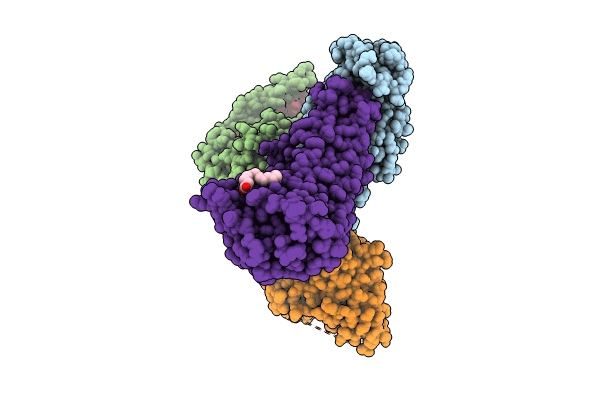
Deposition Date
2023-06-07
Release Date
2024-01-17
Last Version Date
2025-05-14
Entry Detail
PDB ID:
8T3O
Keywords:
Title:
Cryo-EM structure of the TUG-891 bound FFA4-Gq complex
Biological Source:
Source Organism:
Homo sapiens (Taxon ID: 9606)
Mus musculus (Taxon ID: 10090)
Mus musculus (Taxon ID: 10090)
Host Organism:
Method Details:
Experimental Method:
Resolution:
3.06 Å
Aggregation State:
PARTICLE
Reconstruction Method:
SINGLE PARTICLE


